Also on the back is the purple stamp "W. Anthoons"
Drawing size: 27 cm x 18cm - 32.7cm x 24cm (framed)
Very likely study for a sculpture
WILLY ANTHOONS (1911 Malines, Belgium – 1982 Paris)
Sculptor, painter and designer of the Belgian avant-garde present in many museums of modern art such as the Musée National d'Art Moderne in Paris, the Musée Royal des Beaux-Arts in Brussels, the Kröller-Müller Museum in Otterlo, as well as in international private collections. Trained at the Académie des Beaux-Arts d'Ixelles then by the sculptor Oscar Jespers at the Institut supérieur des Arts décoratifs. Mobilized during the Second World War, Willy Anthoons fell ill and convalesced in the south of France for five months. A stay that stimulated his pictorial, sculptural and architectural creativity. Co-founder in 1945 of the Young Belgian Painting, a movement that exhibited throughout Europe, France, England, Switzerland, Sweden, as well as in the Netherlands where Anthoons discovered Mondrian. In 1946, Anthoons created a major work, the abstract wooden sculpture "Human Cathedral", today in the collections of the Royal Museum of Fine Arts in Brussels. The Belgian artist became friends with Geer Van Velde, then with Calder, Arp, Alechinsky, Alfred Manessier; and in 1948 set up his studio in Paris to devote himself to abstract creations, most often wooden or stone sculptures. His sculptures owe to totems. His stained glass paintings and drawings (like Manessier), structuring each line whether or not it is a question of sketching a sculpture project. The quintessence of his style? A totemic minimalism. A refined mysticism. Appreciated throughout Europe, followed by Belgian television, in 1960 he taught at the École Estienne and created aluminum mobiles. Affected by a neurological disease from 1968, his exhibition at the Galerie Ariel in Paris, in 1974, will be his last major exhibition although he will never stop creating and sketching sculpture projects. Our drawing is not without evoking, by its interlacing of "W" shapes, the sculpture by Willy Anthoons "Buisson ardent" created six years later in 1969, and of which it perhaps represents the prolepsis.











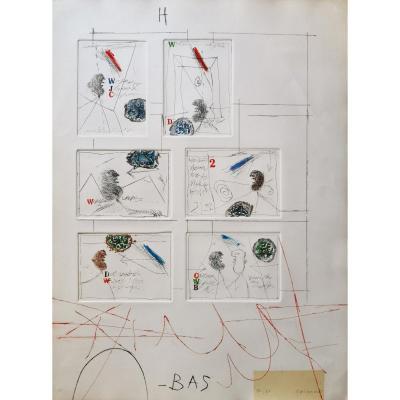

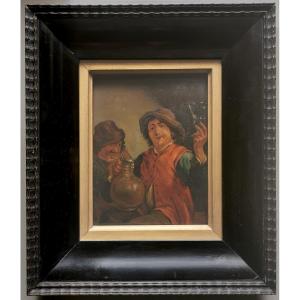
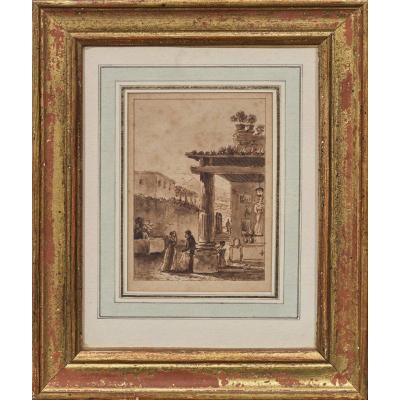


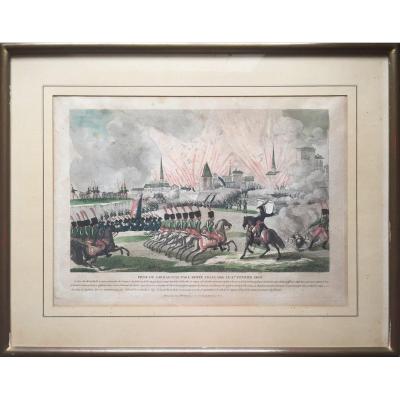
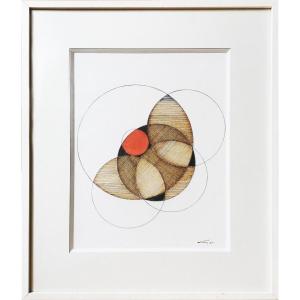
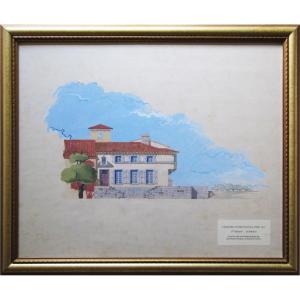


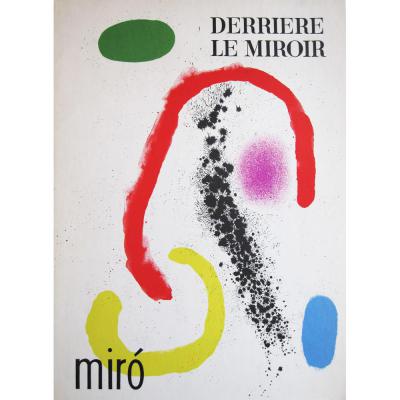





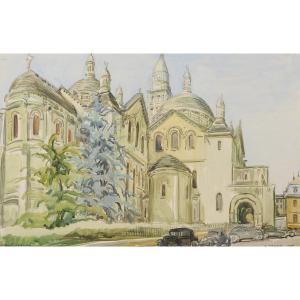



 Le Magazine de PROANTIC
Le Magazine de PROANTIC TRÉSORS Magazine
TRÉSORS Magazine Rivista Artiquariato
Rivista Artiquariato